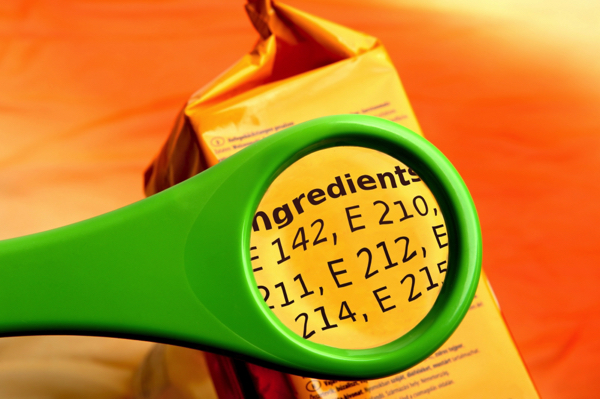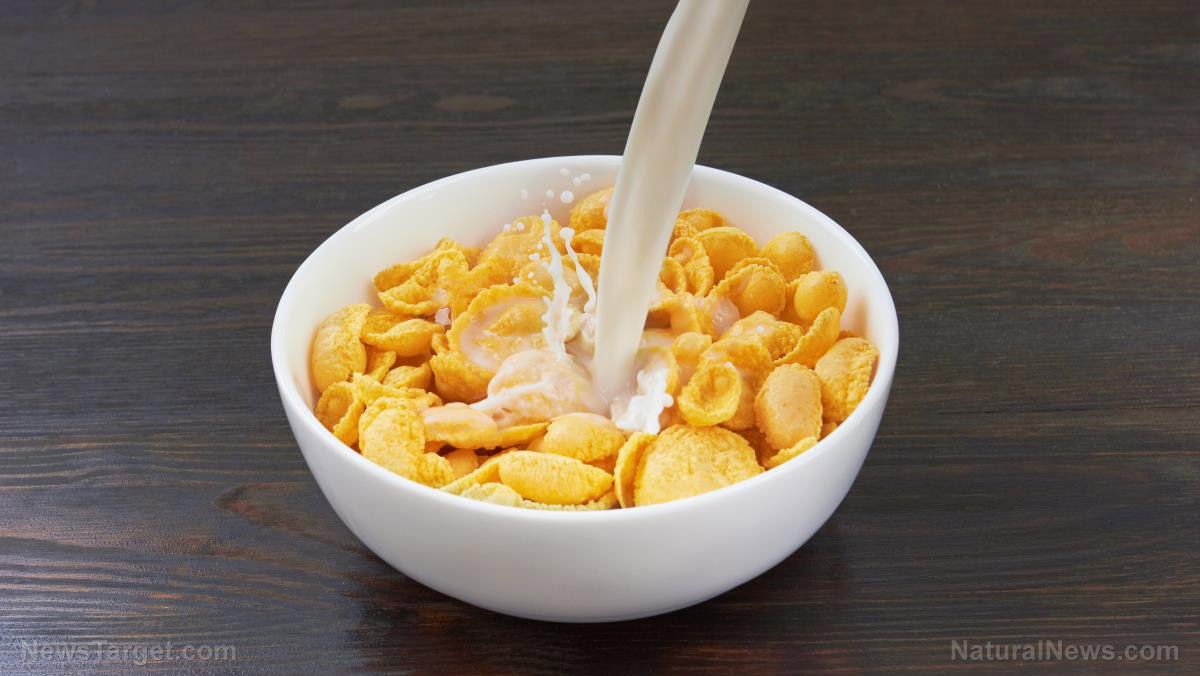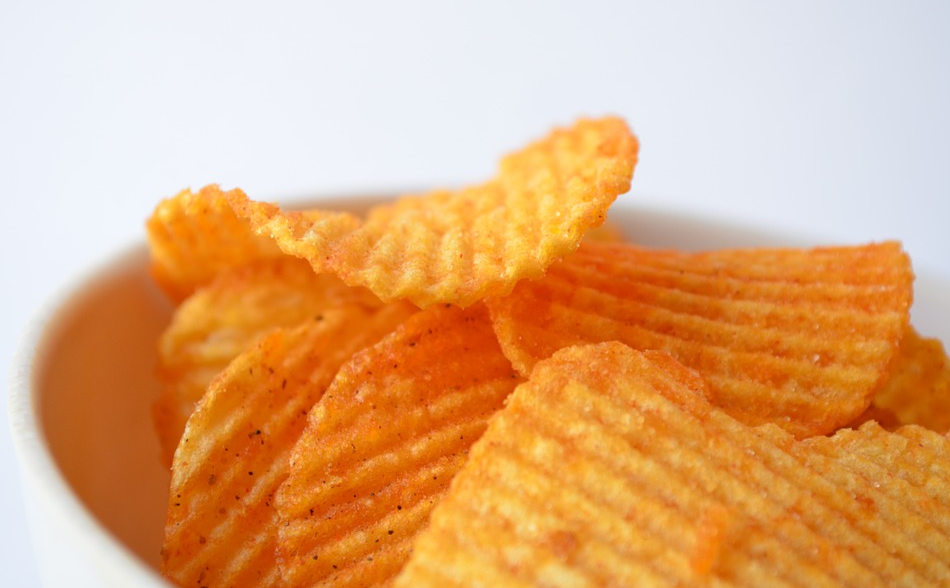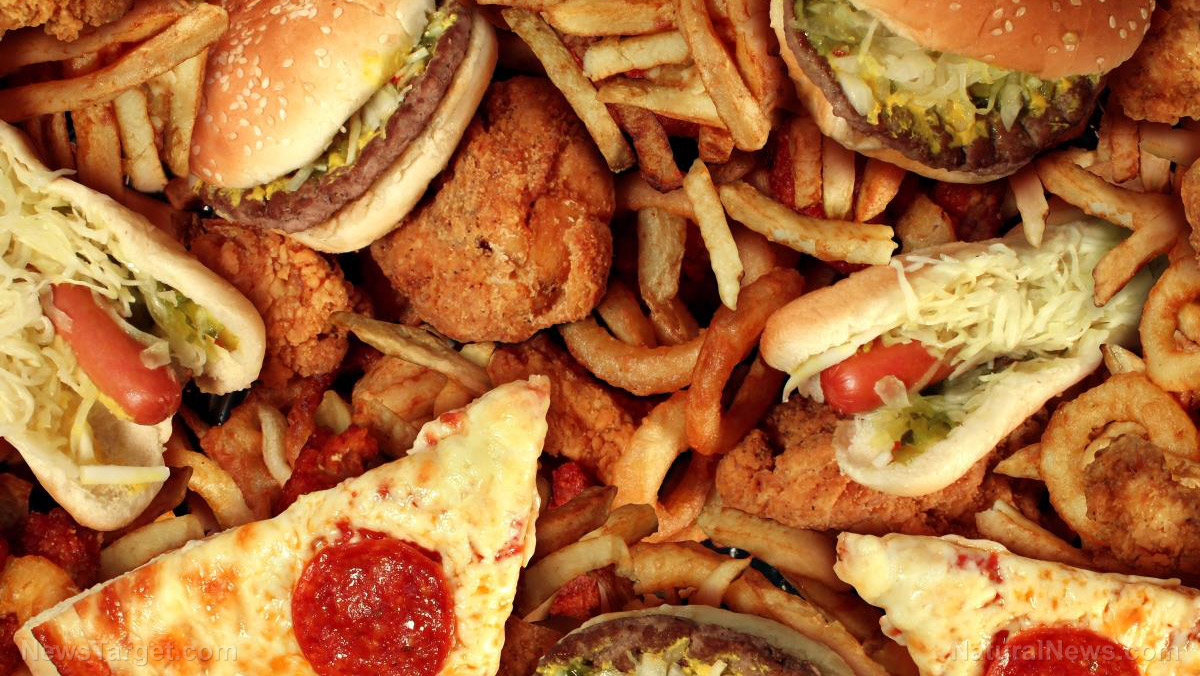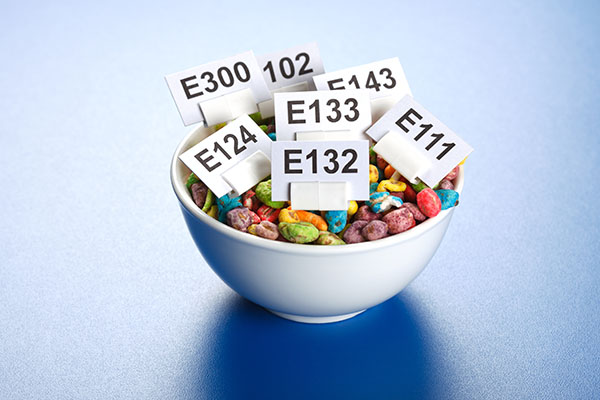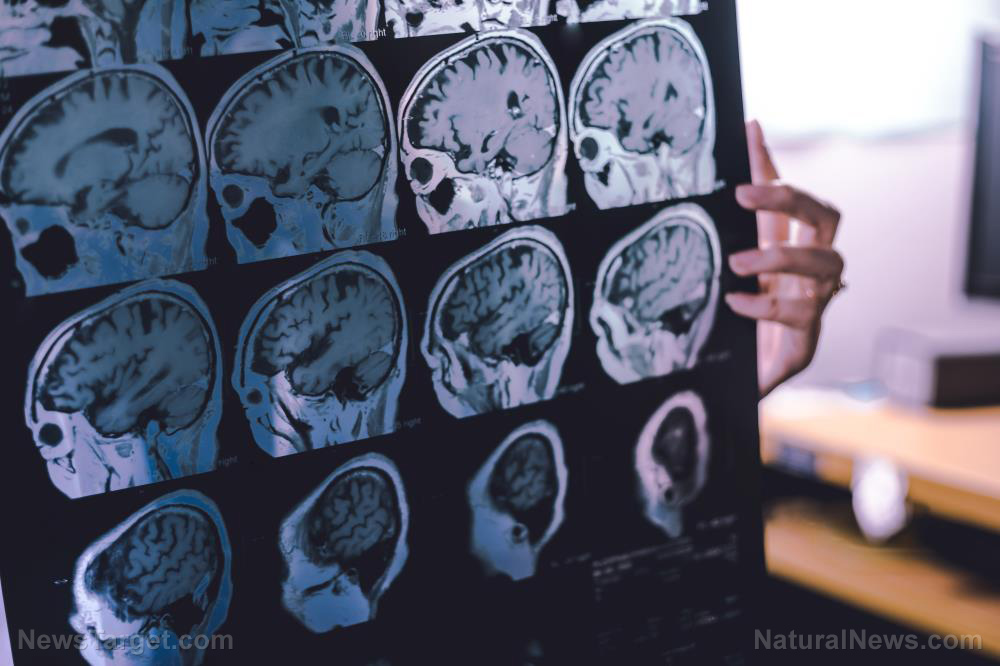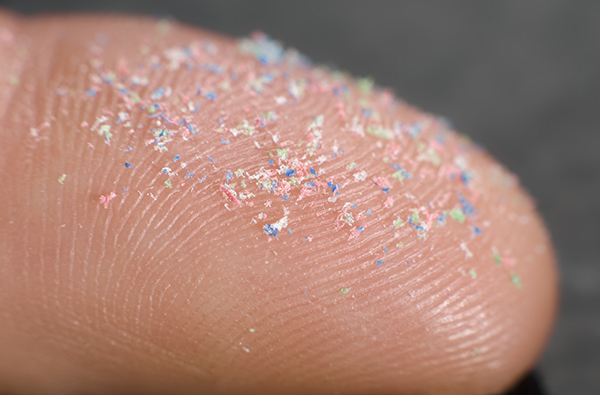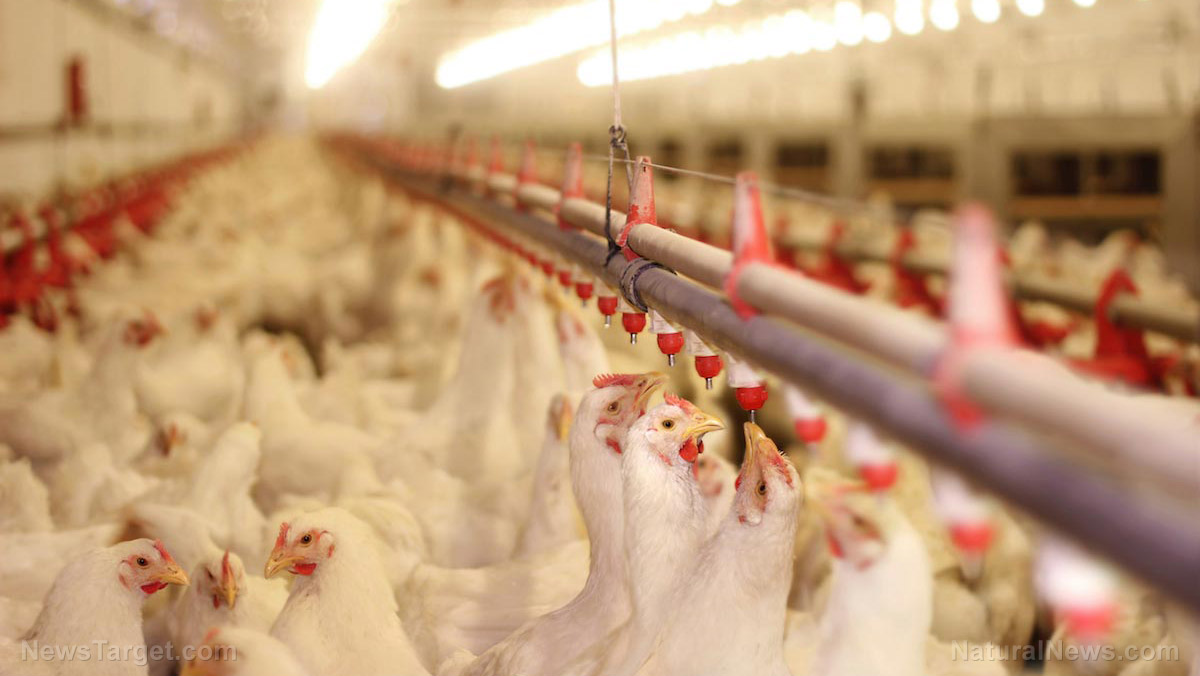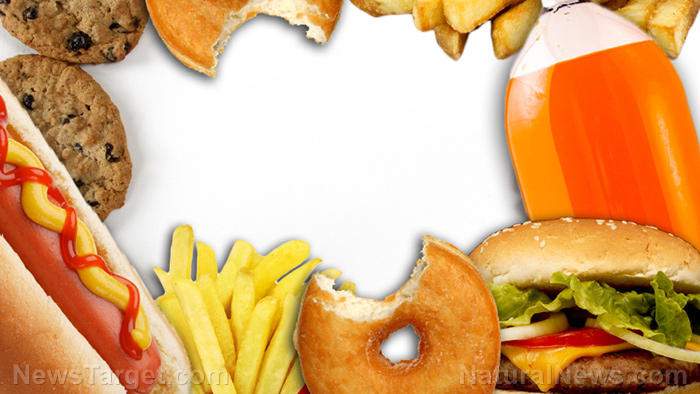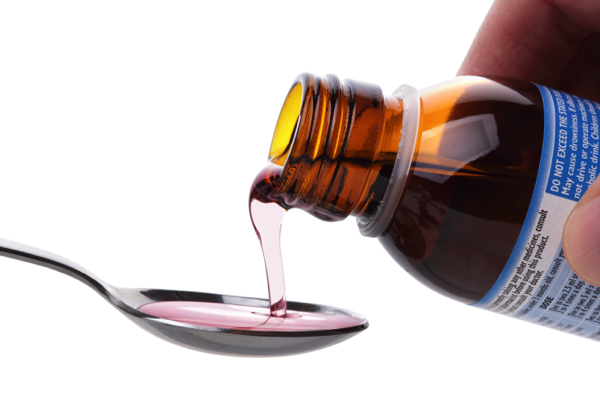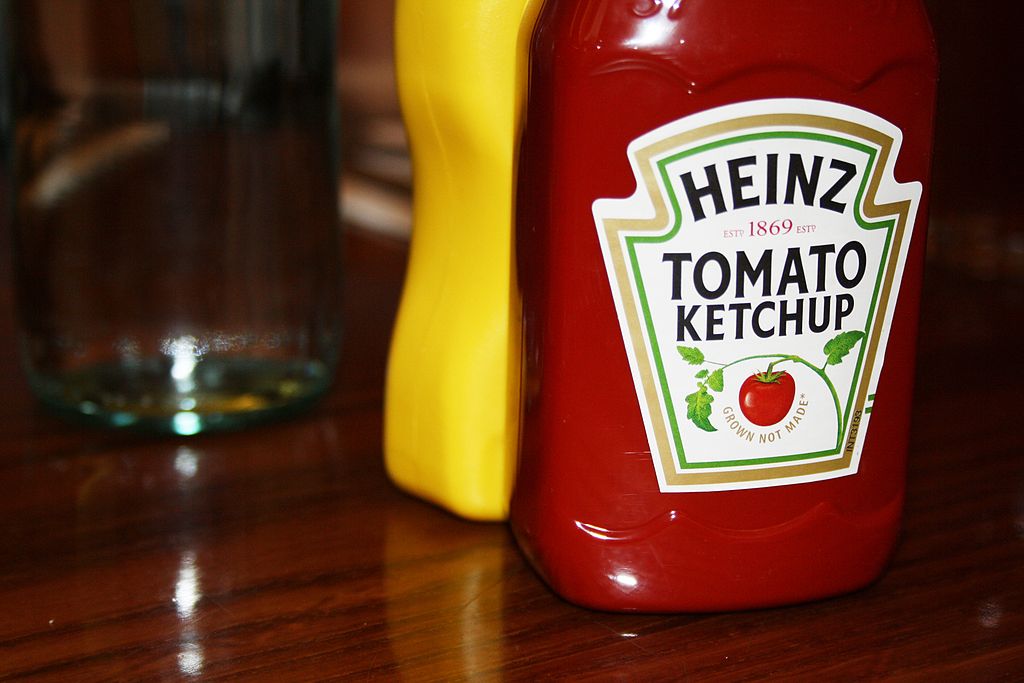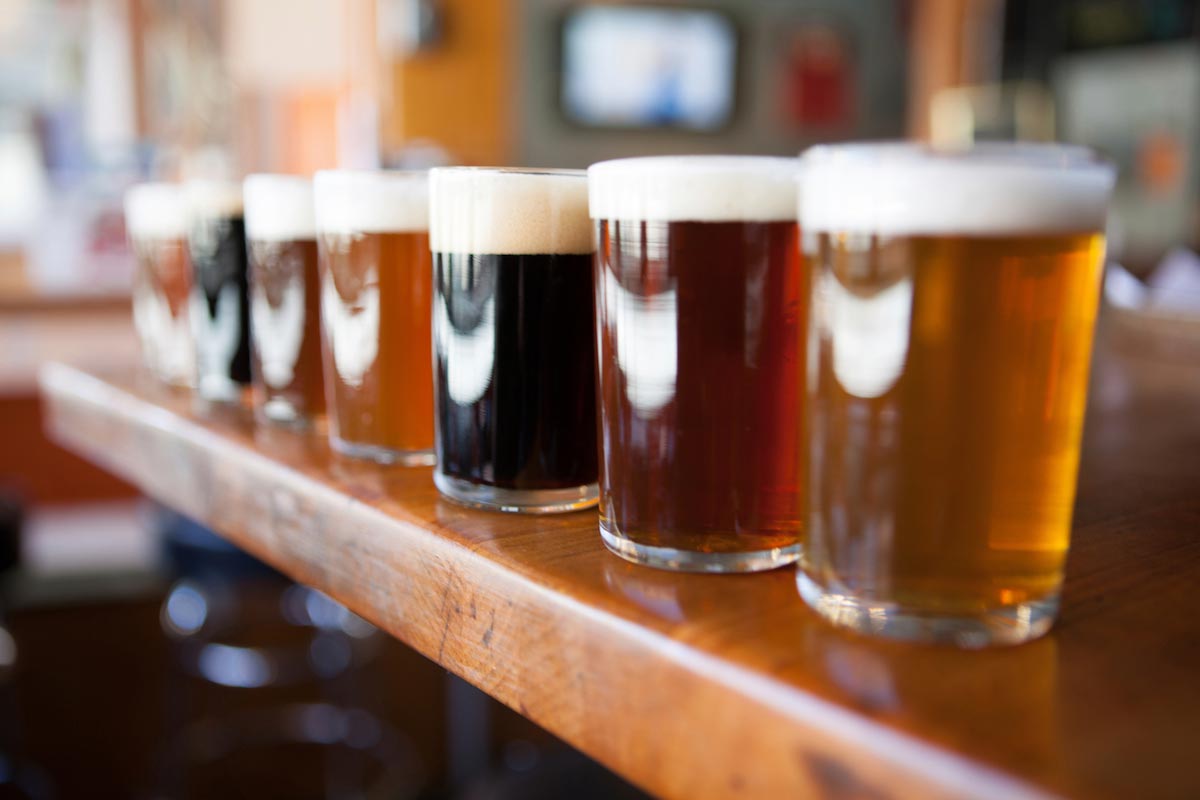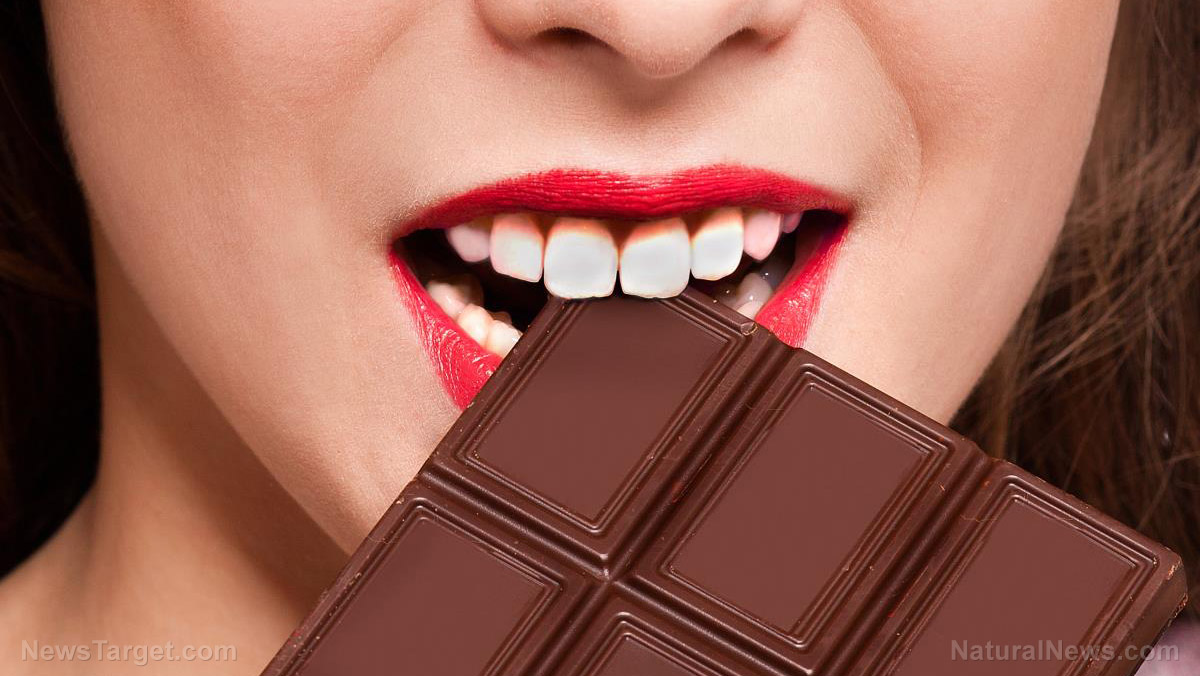Kraft Heinz removes SYNTHETIC DYES from its products, aligning with MAHA initiative
06/29/2025 / By Olivia Cook
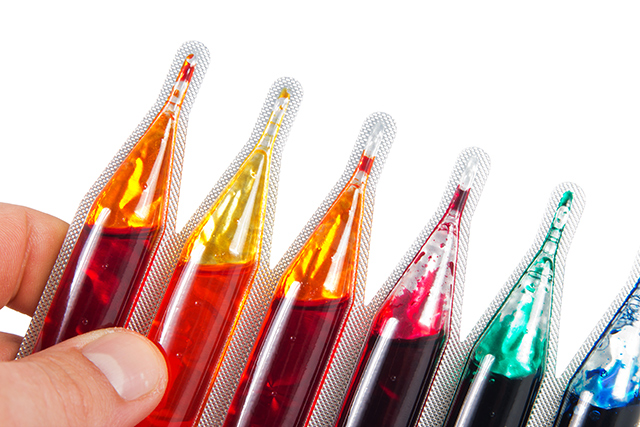
- Kraft Heinz will remove all synthetic dyes from its U.S. food and drink products by 2027, aligning with the MAHA initiative.
- Artificial food dyes, like Red 3, Red 40 and Yellow 5, have been linked to allergic reactions, hyperactivity in children and even cancer in animals.
- Though approved by the FDA, many studies suggest these dyes may pose significant health risks, particularly to children.
- Natural dye alternatives and consumer demand have pushed companies like Kraft Heinz to reformulate and commit to cleaner, safer products.
- By eliminating these synthetic dyes and chemical colors, Kraft Heinz joins a growing movement toward safer, more transparent food for families across America.
Kraft Heinz, the company behind household names like Kool-Aid, Jell-O and Jet-Puffed Marshmallows, announced that it will eliminate all synthetic dyes from every U.S. product it sells by the end of 2027.
That means no more Blue 1, Red 40, Yellow 5 and others in its iconic items. Starting now, no new products will use them.
At first glance, this might seem like corporate fluff or a public relations move. But peel back the label and what you find is a years-long battle over Americans’ food and their health.
Artificial food dyes, while approved by the Food and Drug Administration (FDA), have been linked in dozens of studies about side effects, especially in children. These include:
- Allergic reactions in sensitive individuals.
- Hyperactivity and behavioral changes in children.
- Neurotoxicity and learning disruptions in animal and human studies.
- Carcinogenic contaminants found in some commonly used dyes.
While Europe mandates warning labels for certain food dyes, the U.S. doesn’t. That’s left concerned parents, educators and health advocates reading every ingredient label like detectives.
Kraft Heinz’s decision didn’t happen in a vacuum. It’s part of a larger campaign led by Health Secretary Robert F. Kennedy Jr.’s Make America Health Again (MAHA) initiative. He’s been vocal about the need for food companies to ditch synthetic, chemical dyes, citing evidence that these additives do more harm than good – especially to developing brains. (Related: RFK Jr. gives food companies two years to remove harmful artificial dyes.)
Ingredients like Blue 1, Red 40, Yellow 5 and others are often found in food labels, but what do these rainbow-coded chemicals really do inside the body? Here are some of them:
- Blue 1: This dye is found in thousands of products, including baked goods and beverages. It’s been tied to allergic reactions and has shown signs of affecting neurons in lab tests. Some studies suggest a potential cancer risk, but more testing is needed.
- Blue 2: This dye is used in candy, drinks and pet food. Animal studies found possible links to brain cancer in male rats. Despite that, the FDA concluded there’s “reasonable certainty” of no harm, though many experts remain skeptical.
- Citrus Red 2: This dye is only used on orange peels to enhance color – not found in the fruit inside. While technically carcinogenic in high doses, its rare use and limited exposure make it a low concern for most people.
- Green 3: This dye is not so widely used but still found in candies and drinks. A 1981 study linked it to tumors in male rats. Though the FDA reanalyzed the data and deemed it safe, some researchers still consider it potentially carcinogenic.
- Orange B: This dye is approved for use only in sausage casings and largely obsolete today. High doses harmed the liver and bile duct in animals but it hasn’t been used for years and is unlikely to show up in your food.
- Red 3: Once used in cosmetics until it was banned, but still allowed in food. Red 3 has been shown to cause thyroid tumors in rats and is considered a carcinogen by the FDA.
- Red 40: The most widely used dye in the U.S., Red 40 is found in everything from gelatin desserts to cereal and even pet food. This dye has been linked to allergy-like reactions and behavioral issues in children. Animal testing has been flawed and inconclusive, yet it remains FDA-approved.
- Yellow 5: This bright dye is in baked goods, candy and sodas. It is known to cause hypersensitivity reactions, especially in people sensitive to aspirin. It may be contaminated with carcinogens, like benzidine – a chemical also linked to bladder cancer.
- Yellow 6: This dye is often found in pastries, snacks and sports drinks. Like Yellow 5, it may cause allergic reactions and is sometimes contaminated with cancer-causing substances. Some animal studies link it to adrenal and kidney tumors.
Many of these dyes are made from petroleum, are are added to various foods to make them more appealing. More than 36,000 food products in the U.S. Department of Agriculture’s (USDA) database include Red 40 alone – a fact that should make any label reader pause.
Why Kraft Heinz’s move is a big deal
Kraft Heinz’s U.S. sales top $26 billion annually, given that the company makes everything from condiments to snacks to powdered drinks. Almost 90 percent of their products were already free of synthetic dyes, and this announcement just finishes its job.
Kraft Heinz isn’t stopping at removal. Their approach to MAHA includes:
- Removing synthetic dyes from non-essential products as well.
- Replacing synthetic dyes with natural colors, like beet juice or turmeric.
- Reinventing color shades when natural swaps aren’t possible.
This three-pronged commitment sends a clear signal to other food companies: Change is possible. While Kraft Heinz’s change is voluntary, some believe the FDA needs to act faster. Despite years of scientific red flags, U.S. standards haven’t caught up with what consumers and researchers are learning every day.
Advocacy groups like the Center for Science in the Public Interest (CSPI) have been pushing the FDA to ban dangerous dyes, especially Red 3, for decades. In 2022, they even filed a formal petition to get it out of our food. However, there has been no response to the CSPI’s petition.
Visit Ingredients.news for more similar stories.
Watch Health Secretary Robert F. Kennedy Jr.’s speech banning common food dyes in the clip below.
This video is from the Cynthia’s Pursuit of Truth channel on Brighteon.com.
More related stories:
Study: Artificial food dyes linked to BEHAVIORAL ISSUES in kids.
Research shows food dyes can damage DNA structure and cause cancer.
Combined natural colorants can replace harmful artificial food colorings (AFCs) reveals study.
Sources include:
Submit a correction >>
Tagged Under:
banned, clean food watch, corporations, food additives, food dyes, food freedom, food supply, health freedom, ingredients, Kraft Heinz, Liberty, Make America Healthy Again, poison, Robert F. Kennedy Jr., stop eating poison, synthetic dyes, toxic ingredients, toxins
This article may contain statements that reflect the opinion of the author
RECENT NEWS & ARTICLES
StopEatingPoison.com is a fact-based public education website published by Stop Eating Poison Features, LLC.
All content copyright © 2018 by Stop Eating Poison Features, LLC.
Contact Us with Tips or Corrections
All trademarks, registered trademarks and servicemarks mentioned on this site are the property of their respective owners.


